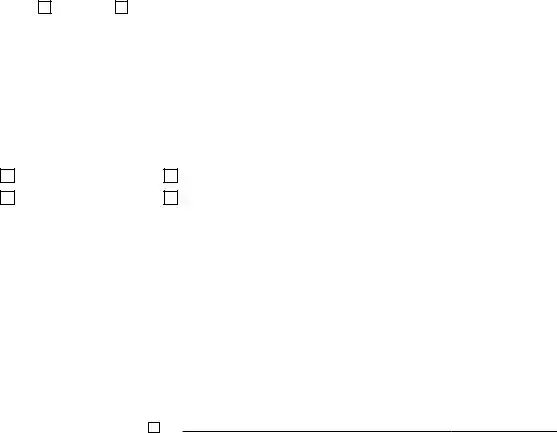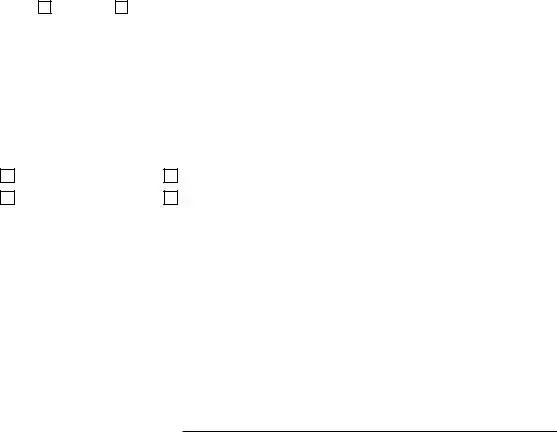Attention:
Copy A of this form is provided for informational purposes only. Copy A appears in red, similar to the official IRS form. The official printed version of Copy A of this IRS form is scannable, but the online version of it, printed from this website, is not. Do not print and file copy A downloaded from this website; a penalty may be imposed for filing with the IRS information return forms that can’t be scanned. See part O in the current General Instructions for Certain Information Returns, available at www.irs.gov/form1099, for more information about penalties.
Please note that Copy B and other copies of this form, which appear in black, may be downloaded and printed and used to satisfy the requirement to provide the information to the recipient.
To order official IRS information returns, which include a scannable Copy A for filing with the IRS and all other applicable copies of the form, visit www.IRS.gov/orderforms. Click on Employer and Information Returns, and we’ll mail you the forms you request and their instructions, as well as any publications you may order.
Information returns may also be filed electronically using the IRS Filing Information Returns Electronically (FIRE) system (visit www.IRS.gov/FIRE) or the IRS Affordable Care Act Information Returns (AIR) program (visit www.IRS.gov/AIR).
See IRS Publications 1141, 1167, and 1179 for more information about printing these tax forms.

1010 |
|
VOID |
CORRECTED |
|
|
|
|
|
|
FILER’S name, street address, city or town, state or province, country, ZIP |
|
FILER’S TIN |
OMB No. 1545-2205 |
|
|
or foreign postal code, and telephone no. |
|
|
|
|
|
|
|
Payment Card and |
|
|
|
|
|
|
Form 1099-K |
|
|
|
|
|
PAYEE’S TIN |
|
|
|
|
|
|
|
|
|
|
|
Third Party |
|
|
|
|
|
|
(Rev. January 2022) |
|
Network |
|
|
|
|
|
1a Gross amount of payment |
|
|
|
|
|
|
For calendar year |
|
Transactions |
|
|
|
|
|
transactions |
|
|
|
|
|
|
card/third party network |
|
20 |
|
|
|
|
|
|
|
|
|
$ |
|
|
|
|
|
|
|
|
|
|
|
|
|
|
|
|
|
|
|
|
|
|
1b Card Not Present |
2 |
Merchant category code |
Copy A |
|
|
|
|
|
transactions |
|
|
|
|
|
|
|
|
|
|
|
|
|
|
|
|
Check to indicate if FILER is a (an): |
Check to indicate transactions |
|
$ |
|
|
|
|
|
For |
|
|
reported are: |
|
|
|
|
|
|
|
|
Internal Revenue |
Payment settlement entity (PSE) |
|
|
3 Number of payment |
4 |
Federal income tax |
Payment card |
|
|
Service Center |
Electronic Payment Facilitator |
|
|
|
transactions |
|
withheld |
|
|
|
|
$ |
|
|
|
|
|
(EPF)/Other third party |
Third party network |
|
|
|
|
|
|
|
File with Form 1096. |
PAYEE’S name |
|
|
|
5a January |
5b February |
|
|
|
|
|
$ |
$ |
|
|
|
|
For Privacy Act |
|
|
|
|
|
5c March |
5d April |
|
|
|
|
|
and Paperwork |
|
|
|
|
|
$ |
$ |
|
|
|
|
Street address (including apt. no.) |
|
|
|
|
|
|
|
|
|
|
|
|
|
|
Reduction Act |
|
|
|
|
|
5e May |
5f |
June |
Notice, see the |
|
|
|
|
|
$ |
$ |
|
|
|
|
current General |
|
|
|
|
|
|
|
|
|
|
|
Instructions for |
|
|
|
|
|
5g July |
5h August |
|
|
|
|
|
Certain Information |
|
|
|
|
|
$ |
$ |
|
|
|
|
City or town, state or province, country, and ZIP or foreign postal code |
|
|
|
|
|
|
|
|
|
|
Returns. |
|
|
|
|
|
5i September |
5j |
October |
|
|
|
|
|
|
$ |
$ |
|
|
|
|
|
PSE’S name and telephone number |
|
|
|
|
|
|
|
|
|
|
|
|
|
5k November |
5l |
December |
|
|
|
|
|
|
$ |
$ |
|
|
|
|
|
Account number (see instructions) |
|
|
2nd TIN not. |
6 State |
7 |
State identification no. |
8 State income tax withheld |
|
|
|
|
|
|
|
|
|
|
|
$ |
|
|
|
|
|
|
|
|
|
|
|
$ |
Form 1099-K (Rev. 1-2022) |
Cat. No. 54118B |
|
www.irs.gov/Form1099K |
Department of the Treasury - Internal Revenue Service |
Do Not Cut or Separate Forms on This Page — Do Not Cut or Separate Forms on This Page






 CORRECTED (if checked)
CORRECTED (if checked)

 CORRECTED (if checked)
CORRECTED (if checked)